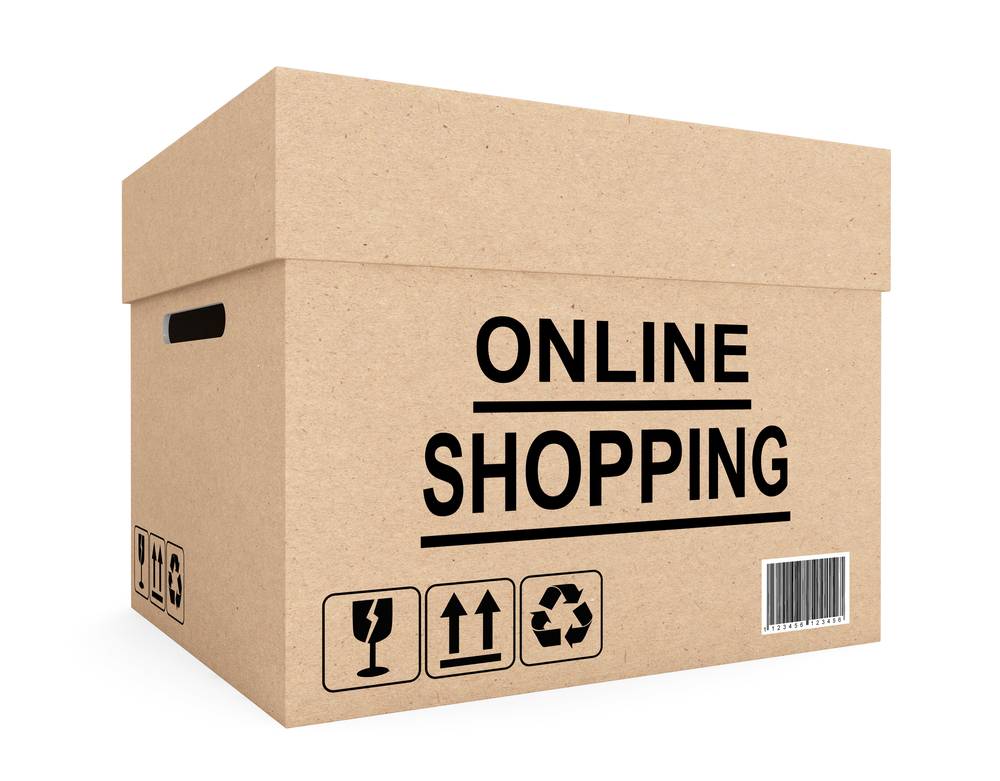COVID-19 has well and truly thrown a spanner in the works of day-to-day life.
In some industries, this metaphorical spanner has actually proved to be incredibly useful, as is the case with the ecommerce and online selling market.
Ecommerce is now a serious global market.
But what are the trends that are driving the growth behind this mammoth market, in 2021?
Unstoppable Future Growth
The COVID-19 pandemic, an increase in consumer trust and improved overall consumer experience online have partnered to form a perfect, and unstoppable, storm. Specifically, the pandemic has almost forced those who were previously reluctant to online shop, to online shop.
A survey conducted by Euromonitor International and reported on by Forbes found that the online shopping industry is expected to grow $1.4 trillion in the years between 2020-2025.
As websites continue to improve and the uptake of mobile phones and tablets grows, the market is only set to expand further & further.
Young people are leading the way
The percentage of those who shifted to online shopping in 2021 was markedly higher among 18-24 year olds compared their older counterparts. 67% compared to 57% for 35-54 year olds and 41% for 55+.
So, it’s likely wise to angle e-commerce websites towards the younger generation, as they make up the largest portion of the online selling consumer base.
(Younger people also happen to be the ones that use social media & mobile phones more, which leads us nicely onto the next two points…)
Growth in Mobile Shopping
Be it for better or worse, everyone now has one and shopping on one can be so simple and easy.
Consequently, HUGE amounts of money are being spent using mobile phones. Total monetary transactions on mobile phones are expected to increase by half a trillion from 2020 to 2021 and another 0.6 trillion from 2021 to 2022.
Within a matter of taps, customers are able to browse, book and buy products/services. The best websites now ensure that this is the case for mobile users.
Social Media & Ecommerce
Social media platforms are jumping aboard the ecommerce train in order to further monetise platforms further.
Social media giant, Instagram, redeveloped its user interface to make its ‘Shop’ feature more accessible on its app. E-commerce sites in 2021 are making use of such changes to use Instagram, Facebook and Tik-Tok to reach consumers more easily and regularly.
(But it’s not all about young people)
In-store but online…
E-commerce websites are making use of Augmented Reality (AR) technologies to provide their consumers with an ‘in-store experience’ (a little bit like in Star Wars with the holograms). This enables consumers to fully investigate/understand products and can affirm their intentions to purchase.
Visual Commerce
The use of visual commerce has also grown alongside the use of AR. Like with AR, it is used to provide potential customers with a greater and more tactile interaction with the product.
Websites have introduced the use of media, produced by fellow consumers & social media influencers, to allow consumers to better explore their range of products. Interactive content is also used in a similar role.
Personalisation & Loyalty Programmes
A personalised consumer experience is now a hugely important of ensuring customer satisfaction. Ecommerce sites are ensuring that they offer effective and personalised product suggestions, as they go a long way towards capturing a customer for the long term.
Loyalty programmes are similarly utilised by ecommerce sites to better develop their relationship with consumers.
The ethical & environmental practices of online selling websites matter
39% of digital consumers said that a shabby environmental record would negatively impact their decision to purchase; similarly, 57% of online shoppers would likely change retailers to reduce their environmental footprint.
Ecommerce sites in 2021 are therefore aiming to streamline their carbon footprint and environmental practices to retain, and attract, new consumers.
Independent Business are big on-trend
Consumers search for more eco-friendly commercial behaviours, as led them to want to shop more local, which often coincides with shopping at independent businesses. Aside from this, consumer attitude appears to have shifted, with 57%+ of shoppers now more open to spend their money at new independent businesses and away from giant mega-companies.
Like it or not, the consumers are now in the driving seat, and their attitudes shape, or arguably dictate, the leading trends used by online selling websites.
Ecommerce experts
With over 20 years of ecommerce website design and development under our belt, who better to talk to about your online sales aspirations? Call us today on 0121 667 8667.


